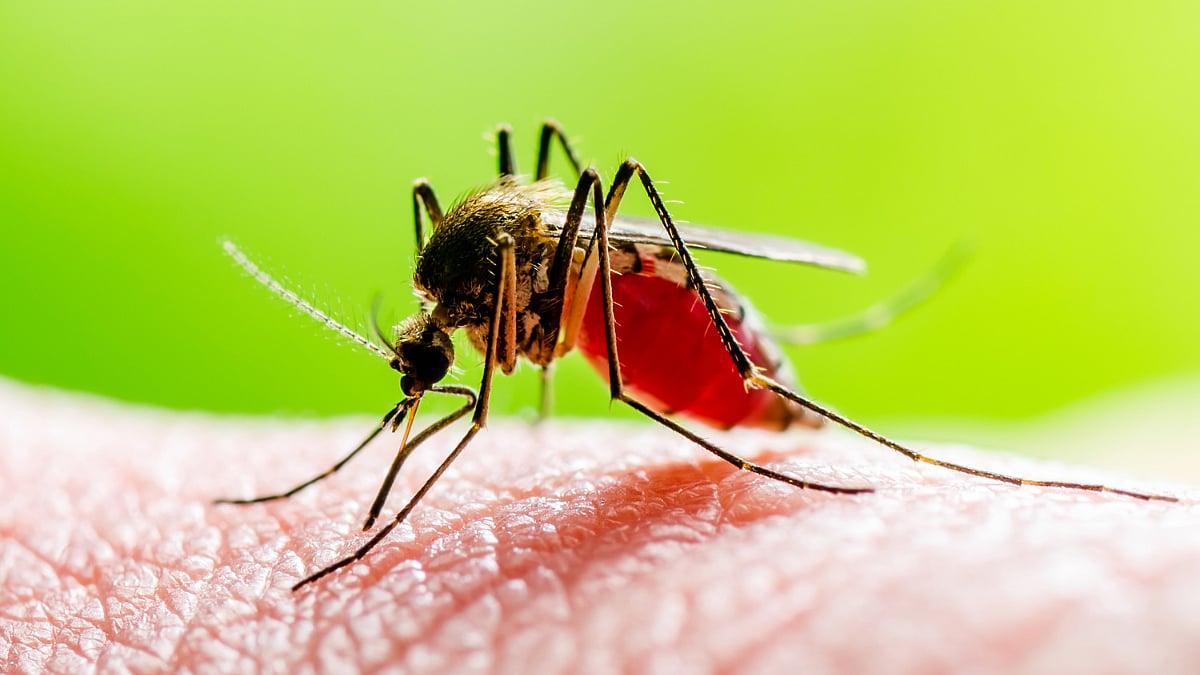When we breathe normally, muscles around our airways are relaxed letting air move easily and quietly. By breathing in polluted air, our lungs get affected and may cause asthma, that is, inflammation of the bronchial tubes with increased production of sticky secretions inside the tubes. People with asthma experience symptoms when the airways tighten, inflame, or fill with mucus. Common asthma symptoms include:
Coughing, especially at night
Wheezing
Shortness of breath
Chest tightness, pain, or pressure
Still, not every person with asthma has the same symptoms in the same way. You may not have all of these symptoms, or you may have different symptoms at different times. Your asthma symptoms may also vary from one asthma attack to the next, being mild during one and severe during another.
Some people with asthma may go for extended periods without having any symptoms, interrupted by periodic worsening of their symptoms called asthma attacks. Others might have asthma symptoms every day. In addition, some people may only have asthma during exercise or asthma with viral infections like colds.
Mild asthma attacks are generally more common. Usually, the airways open up within a few minutes to a few hours. Severe attacks are less common but last longer and require immediate medical help. It is important to recognize and treat even mild asthma symptoms to help you prevent severe episodes and keep asthma under better control.
Frequent cough, especially at night
Losing your breath easily or shortness of breath
Feeling very tired or weak when exercising
Wheezing or coughing after exercising
Feeling tired, easily upset, grouchy, or moody
Decreases or changes in lungs function as measured on a Peak flow meter.
Signs of a cold or allergies (sneezing, runny nose, nasal congestion, sore throat and headache)
Trouble sleeping
Colour Therapy

If you have these warning signs, contact your medical doctor and take your medication, as described. Since they are complementary Ayurveda acupressure treatments by seeds and magnets. Today we are looking at Colour Therapy.
Bronchial Asthma: Make a brown dot on Lu 8, and Lu 11, P 5.
Cardiac Asthma: Make a brown dot on points H 4 and H 9, and P 5.
Asthma Due to Blood Disorders: Make a brown dot on points Sp 1, Sp 5, and P 5.
Allergic Asthma: Make a brown dot on Liv 1, Liv 4, and P 5.
Asthma Due to Kidney disorder: Make a brown dot on K 1, K 7, and P 5.
Note: To find the points given in the article, take a probe also known as jimmy, and try to find a point that is painful and apply a brown dot on it of about ½ cm diameter. If the probe is not available, take a blunt pencil and use that (break off and smoothen the point so that it will not hurt when finding the painful point) to locate the point.












